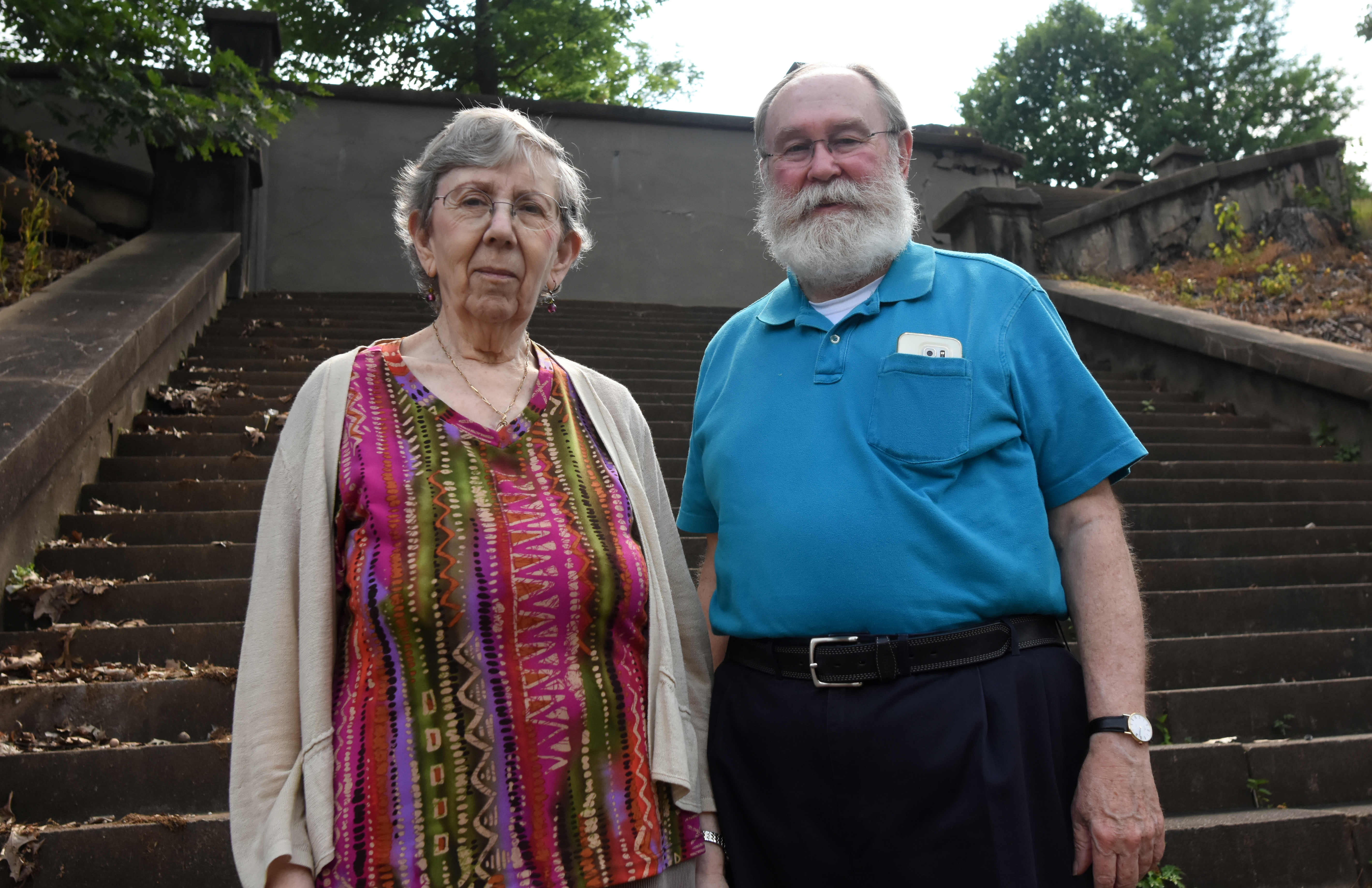
By Ariel Worthy
The Birmingham Times
Alison Glascock moved to Birmingham in 1967 from Oxford, England, to work for her father, a cardiovascular researcher, in his laboratory at the University of Alabama at Birmingham (UAB).
“I’ve been here ever since,” she said.
Glascock, president of the Highland Park Neighborhood Association, recently sat on her porch and talked to the Birmingham Times about changes she’s seen over the years.
“The area has gotten more diverse,” said Glascock, who moved into her house in 1978.
She enjoys her south Birmingham neighborhood because “you can walk around.”
“There are streets and sidewalks everywhere, and it’s so convenient to everything. We’re close to UAB. We’re close to Samford University. We’re close to Birmingham Southern University. We’re close to just about everything.”
Houses in Highland Park don’t stay on the market long, Glascock said: “They sell pretty quickly” because more people are moving into the city, which she thinks is part of the neighborhood’s popularity.
“There are people who have moved here from Homewood,” she said. “I thought it was quite extraordinary to move from Homewood to Birmingham. People are even moving into Highland from Forest Park.”
Glascock believes the neighborhood’s amenities draw people.
“We’ve got three parks and a golf course. We’re close to grocery stores,” she said. “I think it attracts them to us.”
There’s also a neighborly feel, she added.
“We will have supper at someone’s house. They will provide the food, we will bring drinks and have a great time.”
Highland Park Neighborhood Association Vice President Carl Sosnin, from Atlanta, Ga., shares Glascock’s fondness for the area.
“We have an eclectic group of people, … people of all ages and from all backgrounds,” he said. “I think UAB contributes a lot to that. People from all over the world come to work at UAB.”
He also likes the “the familiarity of a tiny town and the anonymity of a big city. You kind of get the advantages of both in a neighborhood like this.”
Lately the neighborhood has been more child-friendly, said Sosnin: “I think people had the tendency to not live here if they had kids. I don’t think the people who live here take advantage of the public schools, but there are a lot of other options.”
Glascock agreed.
“Most of the time, if you want to have kids here, you’re going to send them to private school,” she said. “It seems to me over the past few years that more people who can afford to do that move into the neighborhood.”
As far as the city putting money into the neighborhoods, Glascock and Sosnin said it’s hard to complain about where they live.
“I can’t think of anything except maybe repairs to some sidewalks and streets, … a few of which need to be repaired,” said Glascock. “But the parks are in pretty good shape. We’ve got good lights. I can’t think of anything.”
The two also agreed that they would like to see the city move faster on getting projects done in the neighborhoods.
“Some people have been waiting five years for projects to get done” such as sports fields, Glascock said. “Then they get criticized for not spending the money the city gave them, when they’ve actually been trying to get things done.”
As for the future of Highland Park: “As far as I can tell, the future looks really good,” Glascock said.
To read about the Brownville Heights community, click here.
To read about the Woodlawn neighborhood, click here.
To read about the NUSA Conference, click here.



